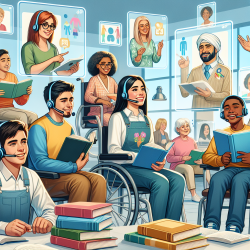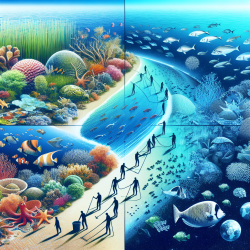Introduction
In the realm of forensic science, image comparison evidence has long served as a crucial tool in the pursuit of truth within the criminal justice system. However, recent recommendations by the United Kingdom's Forensic Science Regulator have sparked a debate on the role and scope of forensic video analysis. This blog aims to shed light on these recommendations and provide guidance for practitioners seeking to enhance their skills in image comparison.
The Regulator's Recommendations
The Forensic Science Regulator has proposed significant restrictions on the use of image comparison evidence, advocating for a dual-expert approach. This means that an imaging expert can provide technical analysis, but a separate content expert must be involved to offer opinions on the subject matter depicted in the images. While the intention is to ensure expertise in both image analysis and content, the proposal has been criticized for being overly restrictive.
Challenges and Opportunities
Practitioners in the field of forensic video analysis may find these recommendations challenging, but they also present an opportunity for growth and improvement. Here are some key takeaways for practitioners:
- Focus on Training: Emphasize continuous education and training to stay updated with the latest advancements in forensic video analysis. This will help practitioners maintain their expertise and effectively communicate their findings in court.
- Collaboration is Key: While the dual-expert approach may seem cumbersome, it encourages collaboration between imaging experts and content specialists. This collaboration can lead to more comprehensive and reliable evidence presentation.
- Embrace Scientific Methodology: Practitioners should adhere to rigorous scientific methodologies when conducting image comparisons. This includes using standardized scales, such as the Forensic Scale, to provide objective and meaningful opinions.
Encouraging Further Research
Forensic video analysts are encouraged to engage in further research to refine their skills and contribute to the ongoing development of image comparison techniques. By staying informed about the latest research and best practices, practitioners can ensure that their work remains scientifically valid and reliable.
Conclusion
The Forensic Science Regulator's recommendations have sparked a necessary conversation about the role of image comparison in forensic science. While the proposed changes may seem restrictive, they also offer an opportunity for practitioners to enhance their skills and contribute to the advancement of the field. By focusing on training, collaboration, and scientific methodology, forensic video analysts can continue to provide valuable insights in the pursuit of justice.
To read the original research paper, please follow this link: Evaluation of the Forensic Science Regulator's recommendations regarding image comparison evidence.










